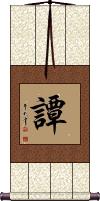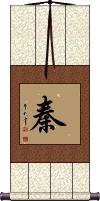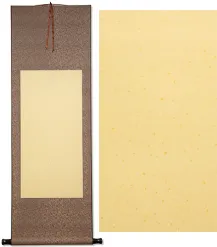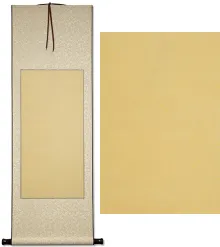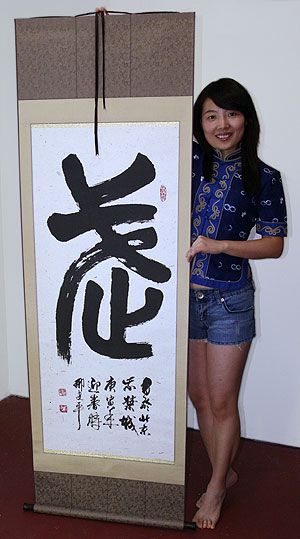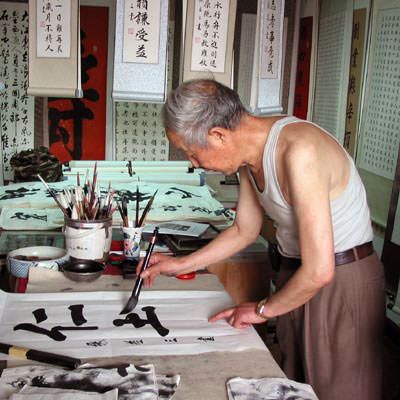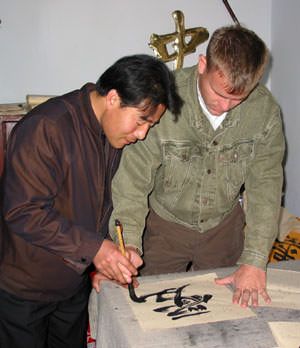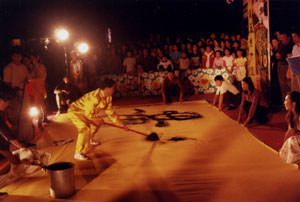The Name Tan in Japanese/Chinese on a Custom-Made Wall Scroll.
Click the "Customize" button next to your name below to start your personalized tan calligraphy artwork...
Tan
Surname
譚 is the surname Tan in Chinese.
The original form is 譚 but generations ago some changed the character to 覃 and some write it 檀 or 談. All of these romanize as tán in Mandarin Chinese and Tam in Cantonese. 覃, 檀, and 談 are rarely used for surnames now, you probably want 譚.
If you are looking for the origin of the Vietnamese name Tan, that came from 秦.
If you need one of these other characters, just copy and paste it into the search bar above, and an "Order Scroll" button will appear for you.
Qin / Chin / Tan / Yasushi
Surname
秦 is a common character that can be the surname romanized as Qin or Chin in Chinese.
秦 is the same Qin as the Qin dynasty (221-207 BC). The Qin dynasty established the first emperor and the first unification of China (previously a multitude of kingdoms).
秦 is also a surname in Vietnamese where it is romanized as Tần and in Japanese where it is romanized as Yasushi.
This in-stock artwork might be what you are looking for, and ships right away...
The following table may be helpful for those studying Chinese or Japanese...
| Title | Characters | Romaji (Romanized Japanese) | Various forms of Romanized Chinese | |
| Tan | 譚 谭 | tán / tan2 / tan | t`an / tan | |
| Qin Chin Tan Yasushi | 秦 | shin | qín / qin2 / qin | ch`in / chin |
| In some entries above you will see that characters have different versions above and below a line. In these cases, the characters above the line are Traditional Chinese, while the ones below are Simplified Chinese. | ||||
